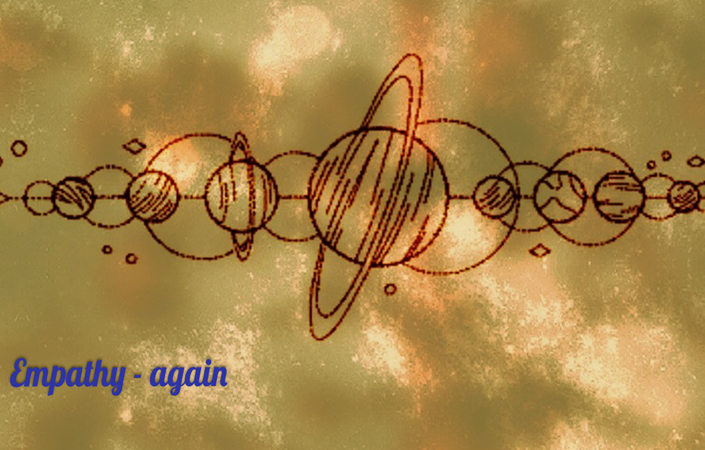
There is a lot of talk about empathy as a leadership trait. Empathy is thus primarily located in the process of communication between people. However, empathy has another, essential dimension, which also places it at the center of strategy development.
We are now increasingly and acceleratingly confronted with non-linear dynamics – be it in the markets, in the global political situation, in the needs of the customer groups relevant to us, in social developments, to name but a few. Our cognitive analytical tools for describing this reality and its future (even near future) developments are no longer sufficient for predicting and guiding in these dynamic non-linear systems prone to disruptive events. The high degree of interconnectedness with its upsurging, circling dynamics within our communication streams sets limits to dominantly rationally oriented strategy work.
As a necessary supplement, the ability to empathize is required not only of single individuals, but of social systems, be it companies, administrations, NGO’s, religious organizations, generally of all social systems. Empathy is here the ability to feel resonance patterns of our direct and indirect environment, in short we need the empathy ability of a collective. In addition to open internal communication and reducing value judgments, the empathic resonance capacity towards a dynamic environment can only succeed if the collective is diverse – encompassing all criteria of the diversity perspective, if possible.
Synnecta’s work with groups has always aimed at the development of collective empathic capacity and has been further strengthened in recent years around the open experience of always given diversity. However, the still large homogeneity of leadership groups sets a limit to the ability to resonate with non-linear dynamics and thus also narrows the strategy work.
Rüdiger Müngersdorff
